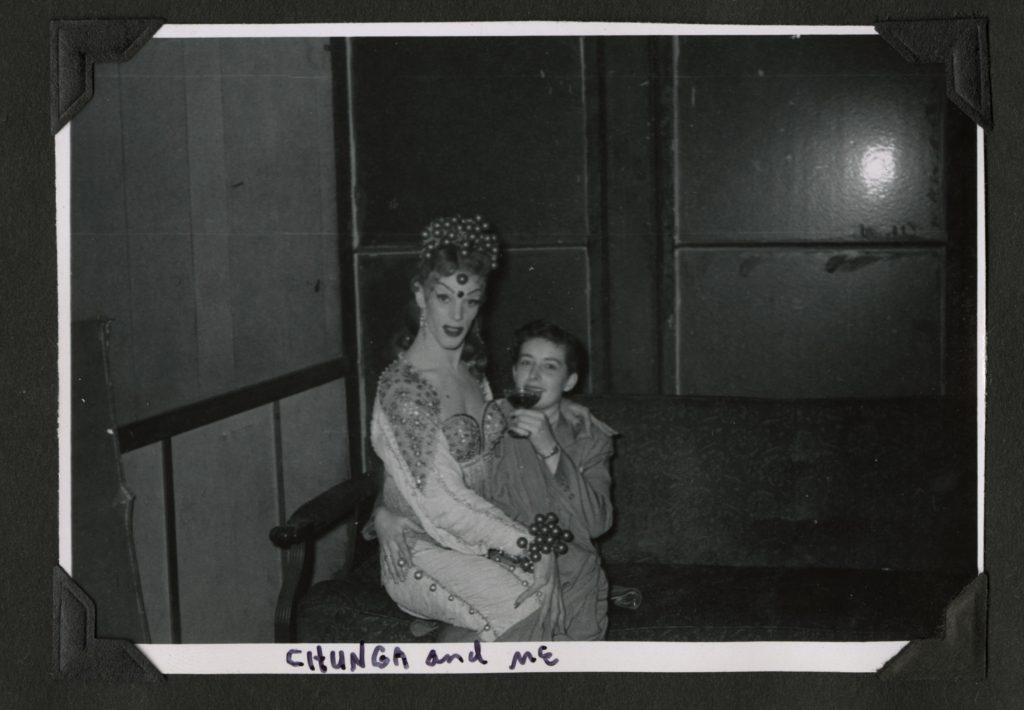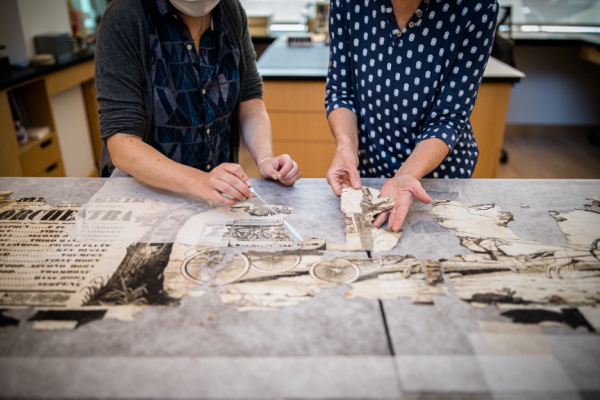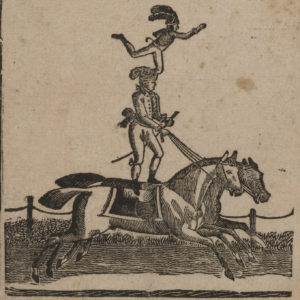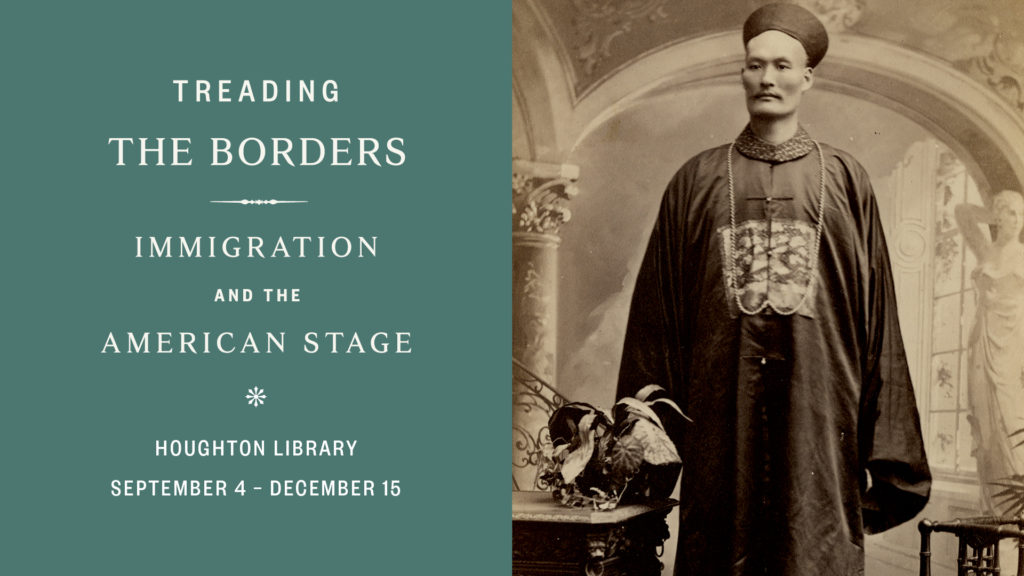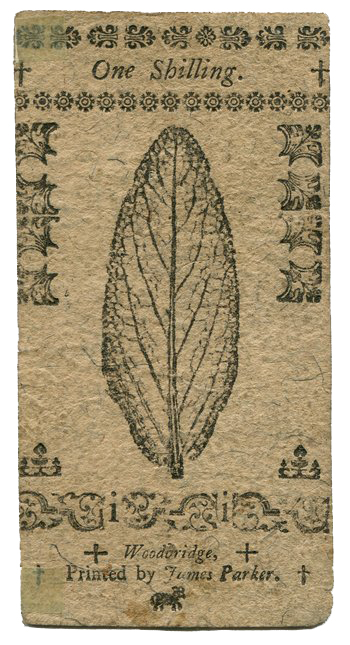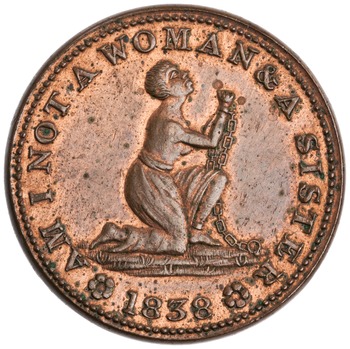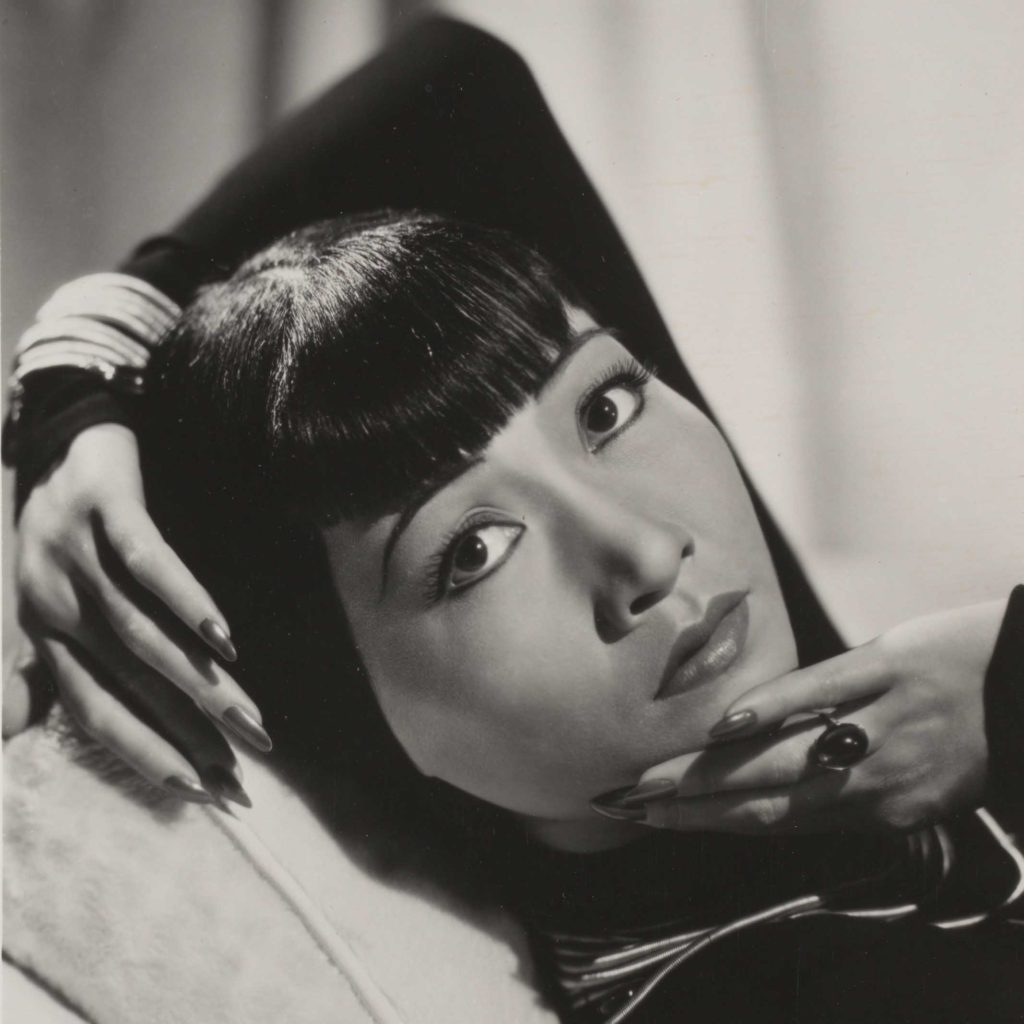
The Harvard Theatre Collection has an exhibition running this summer about the Chinese American star Anna May Wong. Curated by Karintha Lowe, a recent Harvard Ph.D. in American Studies, the exhibition explores the years that Wong spent performing in Europe during the 1920s and 1930s.
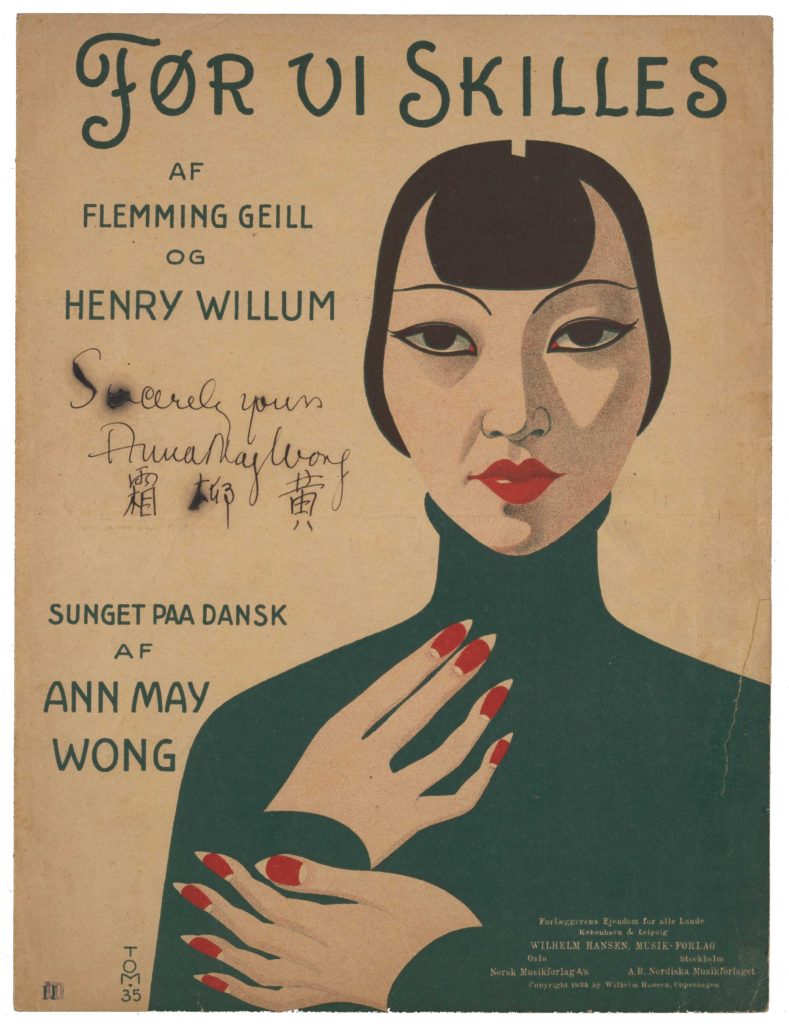
The exhibition runs from May 15 through August 30 at Houghton Library and was planned in conjunction with the release of a new digital collection of Anna May Wong materials at the library, which you can explore here.
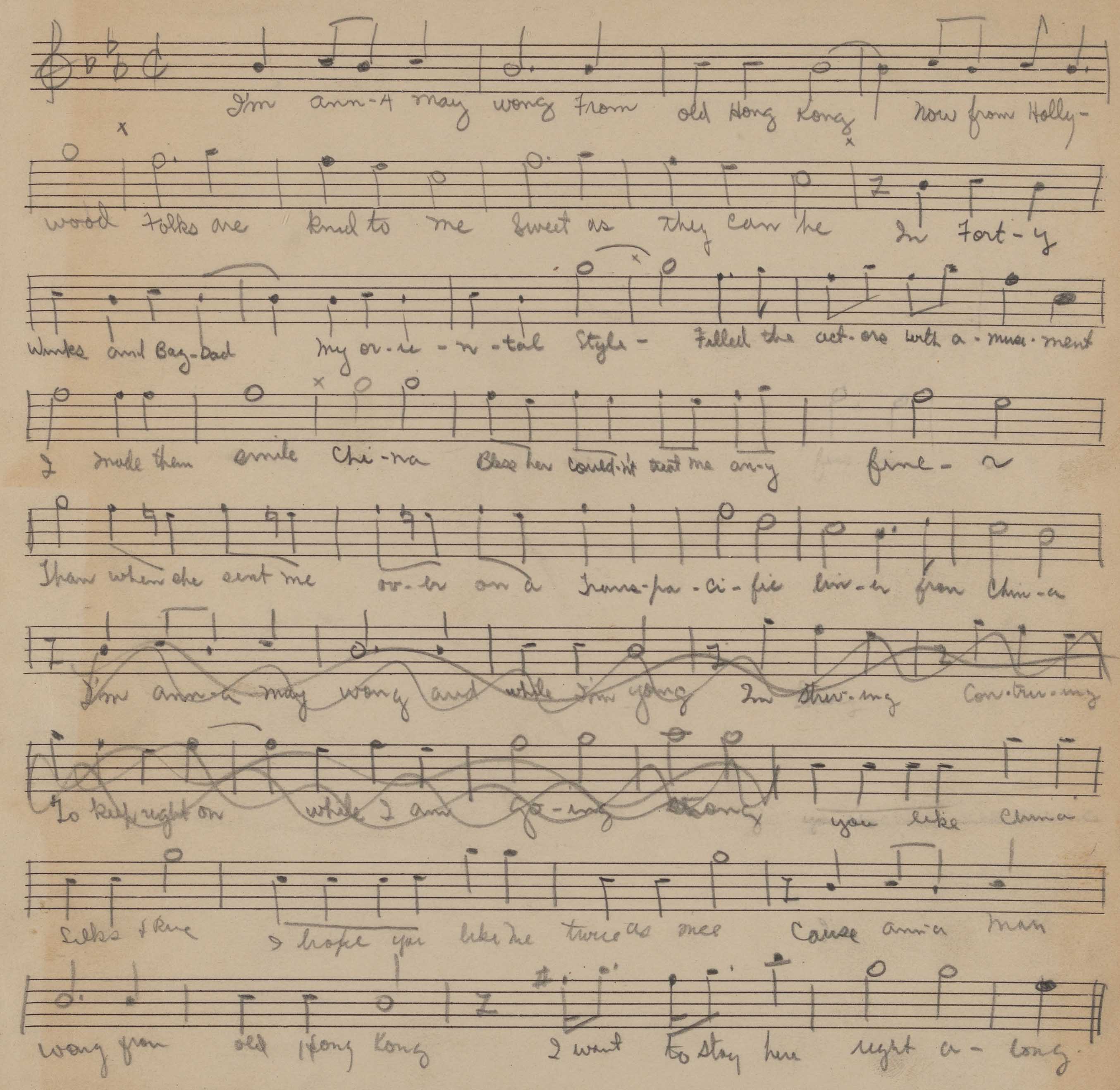
Among the highlights of the digital collection are:
- A working manuscript and orchestration for the bittersweet ballad “I’m Anna May Wong“
- Ernest Irving’s score for her London stage debut in The Circle of Chalk (1929)
- Manuscript scores for songs written and adapted by Anna May Wong for the Viennese operetta Die Chinesische Tänzerin (1930)
- Introductory texts in Spanish, Italian, German, Danish, and French for performances she gave while touring around Europe in the 1930s.
- Typescripts and translations of materials used in Anna May Wong’s solo show, including her Shanghai Express monologue and a lyric sheet for “Half-Caste Woman” by Noel Coward
Links to the full range of materials digitized from the library’s assorted Anna May Wong collections for this project can be found via HOLLIS:

